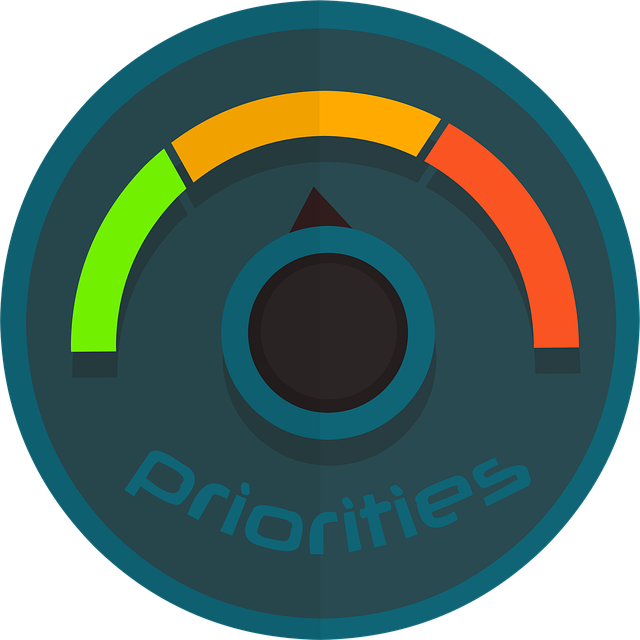Selecting Select Fleet Management software enables efficient vehicle tracking and diagnostics through real-time data visualization of performance metrics like fuel efficiency and engine health. Remote monitoring systems include GPS tracking, diagnostic code retrieval, and alerts for critical issues, empowering managers to optimize routes, reduce downtime, and improve operational efficiency without physical presence at every location. Integrating sensors offers comprehensive insights on engine health, fuel consumption, driver behavior, and location, facilitating proactive maintenance, cost savings, and improved fleet performance. Real-time data also enables driver performance monitoring and route optimization, contributing to sustainable transportation planning.
In today’s digital era, remote tracking of vehicle performance and diagnostics is a game-changer for fleet management. By choosing the right Remote Monitoring Software Solutions, integrating advanced sensors for real-time data, and analyzing diagnostics for proactive maintenance decisions, fleet managers can significantly enhance operational efficiency and safety. This comprehensive approach ensures that vehicles are maintained optimally, reducing downtime and enhancing overall fleet productivity. Select Fleet Management solutions today to stay ahead in the competitive transportation landscape.
- Choose Remote Monitoring Software Solutions
- Integrate Sensors for Real-Time Data
- Analyze Diagnostics for Proactive Maintenance Decisions
Choose Remote Monitoring Software Solutions

When it comes to remote tracking and diagnostics for vehicles, selecting the right software is key. Fleet managers should consider solutions that offer real-time data visualization, allowing them to monitor performance metrics like fuel efficiency, engine health, and driver behavior from a centralized dashboard. This not only enhances safety but also enables efficient transportation logistics by streamlining vehicle maintenance management.
Choosing a comprehensive remote monitoring system can include features such as GPS tracking, diagnostic codes retrieval, and alerts for critical issues. These tools empower fleet managers with actionable insights to optimize routes, reduce downtime, and improve overall operational efficiency. Integrating telematics for fleet managers into daily operations ensures vehicles are well-maintained, drivers are safe, and business goals are met without needing to be physically present at every location.
Integrate Sensors for Real-Time Data

To effectively track vehicle performance and diagnostics remotely, integrating sensors is a critical step. These sensors collect real-time data on various aspects such as engine health, fuel consumption, driver behavior, and location. When incorporated into select fleet management systems, they provide comprehensive insights that help optimize efficient transportation logistics. By leveraging asset tracking solutions, businesses can monitor not just the physical location of their vehicles but also their operational status, enabling proactive maintenance and enhancing overall fleet performance.
Moreover, real-time data from sensors facilitates driver performance monitoring. This includes tracking speed, acceleration, braking patterns, and idling time. Such insights enable companies to encourage safe driving practices, improve fuel efficiency, and reduce wear and tear on vehicles. In the world of remote vehicle management, these advanced asset tracking solutions are revolutionizing how businesses operate their fleets, ultimately leading to cost savings and improved operational effectiveness.
Analyze Diagnostics for Proactive Maintenance Decisions

By remotely analyzing vehicle diagnostics, fleet managers can make proactive decisions to optimize performance and reduce maintenance costs. Through advanced telematics and data analytics tools offered by select fleet management solutions, managers gain valuable insights into engine health, fuel efficiency, driver behavior, and route optimization. This allows for implementing targeted maintenance strategies before issues escalate, minimizing downtime and maximizing vehicle lifespan.
For instance, predictive analytics can identify patterns that signal potential problems, enabling proactive measures like scheduling routine services or identifying opportunities for fleet size reduction strategies. Furthermore, integrating GPS navigation for fleets into these systems facilitates efficient routing, contributing to reduced fuel consumption and lower environmental impact, key elements in sustainable transportation planning.
By integrating remote monitoring software, sensors, and proactive diagnostics, fleet managers can efficiently track vehicle performance and anticipate maintenance needs. This enables better operational decisions, reduces unexpected breakdowns, and ultimately optimizes fleet efficiency with a select fleet management approach. Implement these strategies to stay ahead of the curve in vehicle care.
